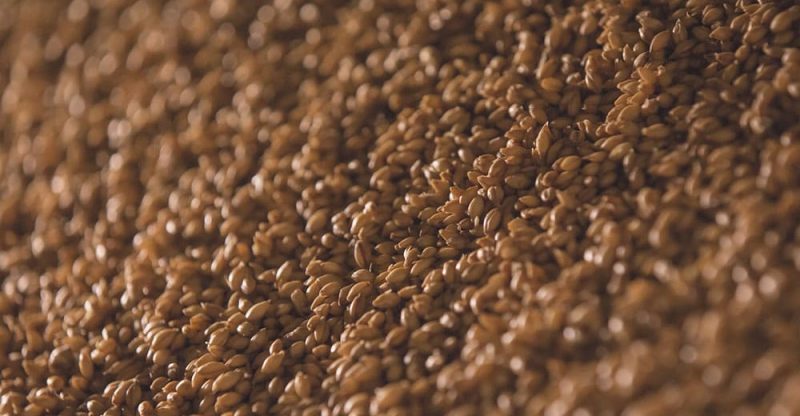What is Maltol in food: Natural sources, Uses and Safety

Natural sources | Production | Uses | Safety
Maltol or methyl maltol, chemical formula C6H6O3, with caramel and cotton candy sweet aroma, and along with a fruity note. Together with ethyl maltol, they’re the second commonly used synthetic flavoring agent in food after vanillin.
Although its flavor enhancement effect is not as strong as ethyl maltol, it is less volatile and can be used at high temperatures, such as in baked and high-temperature processed food. See the detail of its comparison with ethyl maltol.
Natural sources
Maltol occurs naturally in a lot of foods by converting from sugars through the baking or roasting process, such as in bread, beans, cocoa, coffee, malt, and peanuts (1). It is also naturally present in the bark of larch tree and pine needles. (2)
How is Maltol Made?
The manufacturing process of maltol is similar with that of producing ethyl maltol, it is commercially made from chemical synthesis and with the process of preparation of Grignard reagent, grignard reaction, hydrolysis, chlorination and rearrangement. (3)
Here is the general flow chart:

R=CH3-
Properties
| Other names | 3-Hydroxy-2-Methyl-4-Pyrone |
| CAS number | 118-71-8 |
| Chemical formula | C6H6O3 |
| Molecular weight | 126.11 |
| Melting point | 160-164 |
| FEMA number | 2656 |
Solubility
A white or light yellow needle-like crystal or crystalline powder, soluble in hot water, ethanol and chloroform, soluble in cold water with the solubility 1.5%, insoluble in ether, benzene, petroleum ether, sublimation at 93 ℃.
Its aqueous solution is acidic and reacts with Fe3+ to present a purple to red color.
It has better aroma enhancement and flavor adjustment effects in acidic conditions than alkaline conditions.
Structure

Image Source
What’re the Uses maltol?
When used in food (e.g. baked goods, ice creams, and candy) and beverage, maltol brings the malt and caramel aroma, increases sweetness, and masks the undesirable flavor, such as to reduce bitterness. It is also used to formulate fragrances in perfumers.
Is Maltol Safe to Eat?
Yes, maltol almost has no side effects when used as a food additive. It is Generally Recognized As Safe (GRAS) by the FDA (4); authorised for use as a flavouring agent (FL-no: 07.014) in the EU according to Annex I to Regulation (EU) No 1334/2008 (5), EFSA concluded that the concern for genotoxicity in food could be ruled out in 2015 (6); Acceptable daily intake: ADI “0-1 mg/kg bw” was set in 1981, but withdrawn by the JECFA in 2018. (7)
Conclusion
Now you may have a knowledge of the flavor – Maltol, from the following aspects:
- Natural sources
- Production process
- Uses
- Safety
What kinds of food labels have you found this ingredient in? Let me know in the comments.



Interesting info. Thank you for sharing
Hello!
Does Maltol have applications for the home cook making baked goods for sale at small markets?
If so can you point to safe use info?
Thank you!